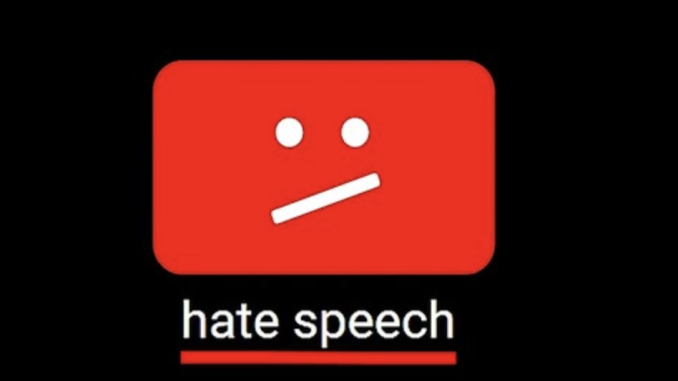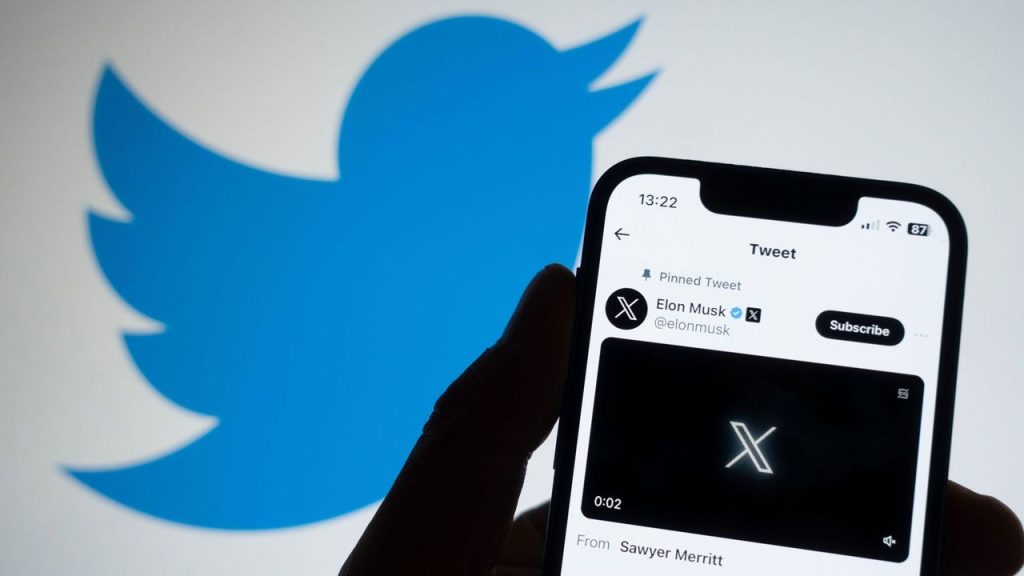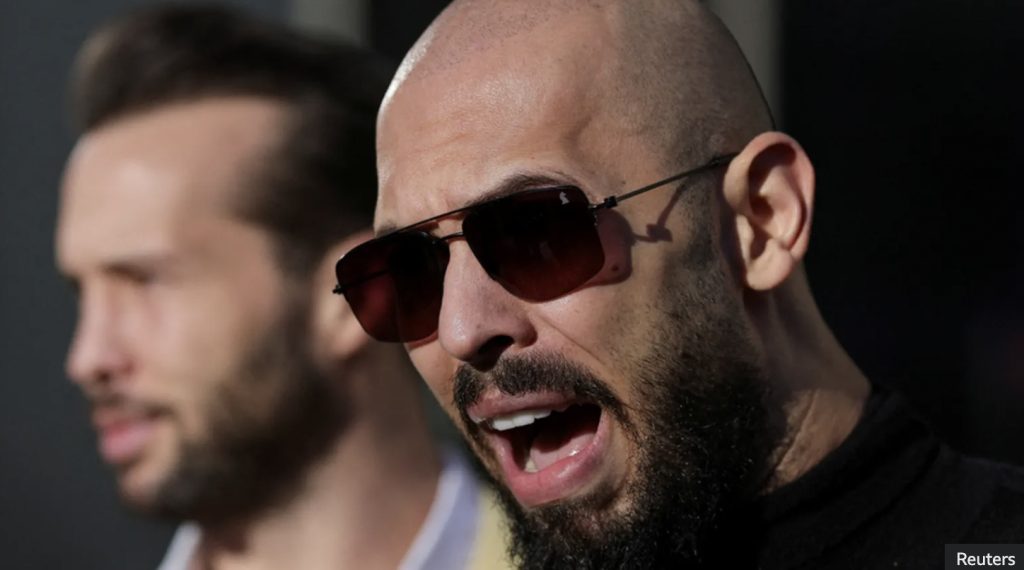
by Yue Zhao 540482139
Introduction
Ladies and ladies, may I have a moment for a few questions? Do you use Twitter? How often do you tweet? And, to what extent do you like using Twitter(of course, we call it X right now)? Nowadays, Twitter has become the main social platform used by the majority of people around the world. Just with some simple clicks, you are able to stay updated with the latest news and trends, share your opinions on current events, and engage in real-time conversations with your friends or followers. Furthermore, with Twitter, creators can share their work, using the convenience of digital media to reach a wider audience while ignoring the geographic barriers. I love Twitter too. What I find most appealing is how it allows us to connect with people from all over the world. Isn’t it fascinating? People of different genders, nationalities, and races can share their thoughts and exchange ideas through such a digital platform. Just like what Terry Flew(2014) states, internet has reduced barriers to participation and enabled greater openess. This means that, regardless of who you are, as long as you have a phone and useable access to Wi-Fi, you can send your message to every place on earth.
However, corresponding issues have ensued subsequently, such as gender-based hate speech, which is the main focus of this blog. Not all speech is kind or friendly, and it is noteworthy that women have been the primary victicms of this problem. In 2020, Plan International conducted a survey of 14000 women from 22 different countries, revealing that 58% of them had experienced online harassment, with 22% saying that they fear for their safety. What a horrible percentage! Even though Twitter describes itself as a place where ‘every voice has the power to impact the world’, for many women, Twitter is actually a place where violence and hatred towards women flourish.

Therefore, how to define Hate Speech? This is a quite important question since some people tend to disguise malicious comments as jokes, you may have been unknowingly harmed without realizing it.
Sinpeng, A., Martin, F., Gelber, K., & Shields, K. (2021, July 5) have summarized four main characteristics of hate speech:
- It needs to take place in public. As opposed to private conversation, hate speech is not only visible to others, but people can also interact with it, such as by commenting and sharing.
- It needs to be directed by marginalised group in the social and political context. For example, white, i.e. Anglo Saxon or Caucasians on the ground of their race, or men on the ground of their gender.
- Systemic marginalization refers to pervasive and ongoing exclusion of certain groups, which is embedded in systems and practices. This exclusion aways seems neutral but actually reinforces inequality, for instance, such as racism, sexism, ageism, and discrimination against the disabled.
- The speaker needs to have the authority to carry out the speech. Formally, it can be spoken by people in positions of authority, like managers, police officers, or lawmakers. Informally, it can arise when other people react positively to hate speech, such as by commenting or sharing it, which will make it more visible. Additionally, the acceptance of oppressive comments(like racist or sexist) in a society that already has these biases will amplify the power of hate speech.
- The speech needs to be an act of subordination that inserts structural inequality into the context which the speech takes place. Hate speech achieves this goal by restricting what the targeted groups are able to say. In this setting, marginalised groups find it more difficult to respond, either because they fear speaking out or because, even when they do, their words are not taken seriously.
“Reasons for online harassment featured political or religious beliefs, physical appearance, race or ethnicity, gender, and sexual orientation. In a number of high-profile cases, online harassment has evolved into hate speech on a large scale.”(Terry Flew,2014) In this context, hate speech against women has become increasingly rampant. Thus, if you see someone on Twitter calling female ‘a thing’ or describing girls as ‘bitchy’, pay attention–you may be encountering online anti-female hate speech.
Andrew Tate’s Tweet Stirs up Controversy over Masculinity and Freedom of Speech
Who’s Andrew Tate? An American and British social media influencer with over 10 million followers on Twitter, businessman, former professional kickboxer, and also famous misogynist. He has been dubbed “the king of toxic masculinity” and gained notoriety for spreading misogynistic comments on social medias. His social media accounts(such as Facebook, TikTok, Instagram, Twitter…) were once banned due to his inappropriate speech, but following Elon Musk’s acquisition of Twitter, he made a comeback to Twitter again.
Bro I see girls on Instagram thirst trapping putting up semi-naked bootty pics/reels/stories. BITCH IT’S CHRISTMAS! STOP! CALM DOWN. –Andrew Tate(@Cobratate) December 25, 2024
There’s always some silly white bitch who thinks presereving the traditions, customs and nations of white people is somehow a terrible idea. Self hating losers. –Andrew Tate(@Cobratate) July 1, 2024

Some people rebuke Tate for his extreme misogynistic views and worry about the subsequent negative impact on young boys who follow Tate’s Twitter. Tate blows the coals, promoting the idea that men should view women as an oppressive and dominant class, and men must regain the supremacy from women. However, Tate defends himself from these accusations by proclaiming his messages are one of self-improvement and empowerment, he insists that what he does is simply to encourage men to dare to be themselves and promote masculinity.
Because I tell young man to question everything, work hard, go to the gym, get as rich as possible, never quit, respect themselves and that all the pain worth it in the end. I’m banned from being discussed in schools around the world. The British government has an Show more. –Andrew Tate(@Cobratate) April 25, 2024
In 2022, a teacher named Grace in Queensland had trouble with the inundant “Tate speech” in her class. During her lessons, male students made moaning noises and asked her inappropriate questions, while female students rolled their eyes when they heared “Tate”. Tate undesignedly set a disturbing tone for the entire class through his hate speech. Regardless, Tate’s remarks not only indirectly affect the development of male adolescents, but also cause both mental and physical damage to female adolescents. For women, in this case, they are not only the direct targets of insults, but also suffer from the indirect harm derived from the advocators following Tate’s speech. “Tate speech” is driving harassment, misogyny and sexism against women, this case also shows that if relevent authorities do not regulate and govern hate speech, its negative effects will spread and affect inponderable number of people.
Why Andrew Tate’s Case is a textbook Example of Gender-based Online Hate Speech
From the above description, we can see Andrew Tate’s speech on Twitter clearly reachs the level of hate speech. First of all, his remarks are publicly accessible, allowing audiences to freely read, share, and interact with him through Twitter. Moreover, Andrew Tate, as a successful man in the worldly sense, enjoys fame and wealth, with assets worth over a hundred million, thus his speech carries out authority. His large following is not fully due to his rhetorical speaking skills, but because people aspire to achieve his success(In fact, he do brag himself about the male success that could be achieved by following him). And when people positively engage with his speech, it will actually spread those vicious statements even further. What’s more, Tate gives a direct hit on the most sensitive issue in today’s society–gender inequality. In today’s male-dominated society, women, as a marginalised group , has unfortunately be the victims of Tate’s attack. He diguises his view as netural, making it seem like he’s simply encourage masculinity, while in reality, he is degrading women in nature. Meanwhile, Tate silences women, as shown in the examples earlier, he blames women on posting semi-naked photos or videos during Christmas. However, his Twitter profile pic has always been a shirtless photo of himself. When faced with such ridiculous accusations, most women are left with no choice but to stay silent.
“Importantly, for somebody like Tate who, as elsewhere in the manosphere, draws on discourses of chivalry and protection of women that are presented as positive principles, masculinism can present in ways that are not obviously and explicitly dominative or exclusionary...Notably, idealized masculine ‘traits’ and practices only have value in relation to what is feminized, and it is because they are masculinized that they are superior.”
(Roberts, S., Jones, C., Nicholas, L., Wescott, S., & Maloney, M., 2025)
By the way, do you think Andrew Tate did it all himself? It is him that is able to create such huge impact only by his words? Of course not. What Tate did is using a magical tool named social media platform. Out of all social media platforms Tate uses, Twitter has become the main contributor to spreading his hate speech, not to mention that Twitter is the only social media platform that’s unbanned him. While, that has raised lots of questions about Twitter, with many people saying that Twitter has turned into a place where ‘full of hatred’. However, Twitter was meant to be a place full of love and sharing, where you can tell your stories and express your thoughts. As you refresh your feed, you can meet other like-minded people who show support by lighting up the little red heart under your tweet or sharing your tweet. Unlike social media platform like Instagram or Tiktok, Twitter’s main focus is on words, with photos and videos are secondary forms of expression. However, the reality is that Twitter allows profanity and hate speech to flourish. When women discuss topics like abortion openly on Twitter, they are often met with a barrage of abusive comments. When young gils post photos of themselves in bikinis while vacationing on the beach, they are frequently subjected to sexual remarks. Public figures like Andrew Tate are allowed to openly share their misogynistic views. Undoubtedly, Twitter, as a social media platform, continues to reflect the patriarchal features that persist in real society. Twitter’s privacy settings have made verbal abuse even more serious and widespread. In real life, we rarely encounter strangers who directly insult us, but these platform’s protective mechanisms allow more people to escape from consequences and punishment, which means they have less likelihood to be held accountable for their actions. As a result, users become more aggressive online and feel emboldened to constantly push the boundaries of acceptable behaviors.
In addition, Elon Musk’s claim of protection of free speech warrants further examination. Free speech doesn’t mean the right to say anything without consequence; it requires to be regulated. Furthermore, in a society that already characterized by class disparities and inequality, marginalised groups, accustomed to be silent, often endure attacks in resignation. Therefore, regulating speech on social media platform is crucial. Especially in today’s age of new media, people are no longer just passive viewers but active participants in creating personal content, ensuring that speech remains responsible and compliant is vital. Although Twitter has taken steps to improve female users’ experience on Twitter, it is not sufficient enough to adqueately address this issue, eradicating misogynistic hate speech continues to be a big challenge.
Conclusion
Misogynistic hate speech is a vast issue, and Tate is just one example of those who roan freely on Twitter, spreading hatred towards women. While it may seem like a long and tough process to fully resolve this problem, there is no need to feel hopeless, as our society is constantly evolving, right? However, it is still needed to be remember that while we enjoy the convenience of social media platforms, we must be mindful that bad people often lurk in the corners of the rules. And to all the girls out here, if you feel offended on social media, don’t always think it’s your fault, be brave and stand up for your dinity. Don’t let anyone silence you or make you feel inferior, you are strong, valuable, and deserving of respect!

References
Carlson, B. & Frazer, R. (2018) Social Media Mob: Being Indigenous Online. Sydney: Macquarie University.
Flew, Terry (2021) Hate Speech and Online Abuse. In Regulating Platforms.
Roberts, S., Jones, C., Nicholas, L., Wescott, S., & Maloney, M. (2025). Beyond the Clickbait: Analysing the Masculinist Ideology in Andrew Tate’s Online Written Discourses. Cultural Sociology, 0(0).
Sinpeng, A., Martin, F., Gelber, K., & Shields, K. (2021, July 5). Facebook: Regulating hate speech in the Asia Pacific. Final Report to Facebook under the auspices of its Content Policy Research on Social Media Platforms Award. Dept of Media and Communication, University of Sydney and School of Political Science and International Studies, University of Queensland.
Stephanie Wescott(2024)‘Miss, what do you think of Andrew Tate?’: The problem of widespread misogyny and sexism in Australian classrooms, Victorian Women’s Trust.
Zoe Williams(2024)Racism, misogyny, lies: how did X become so full of hatred? And is it ethical to keep using it?, The Guardian.

Be the first to comment